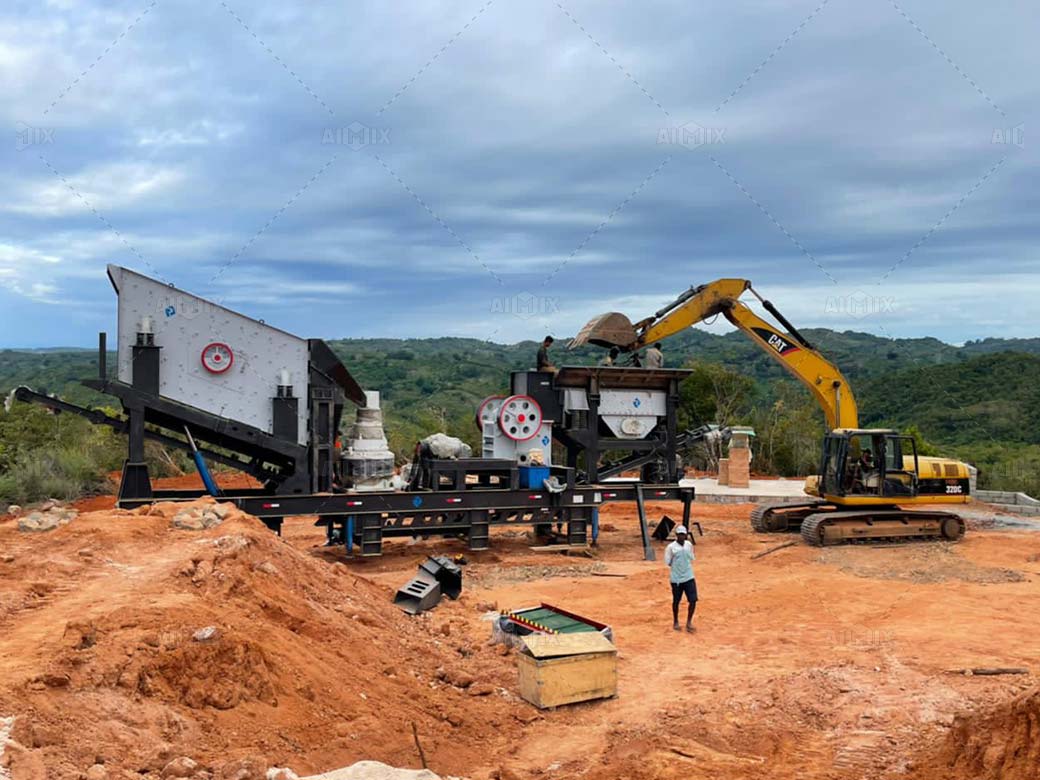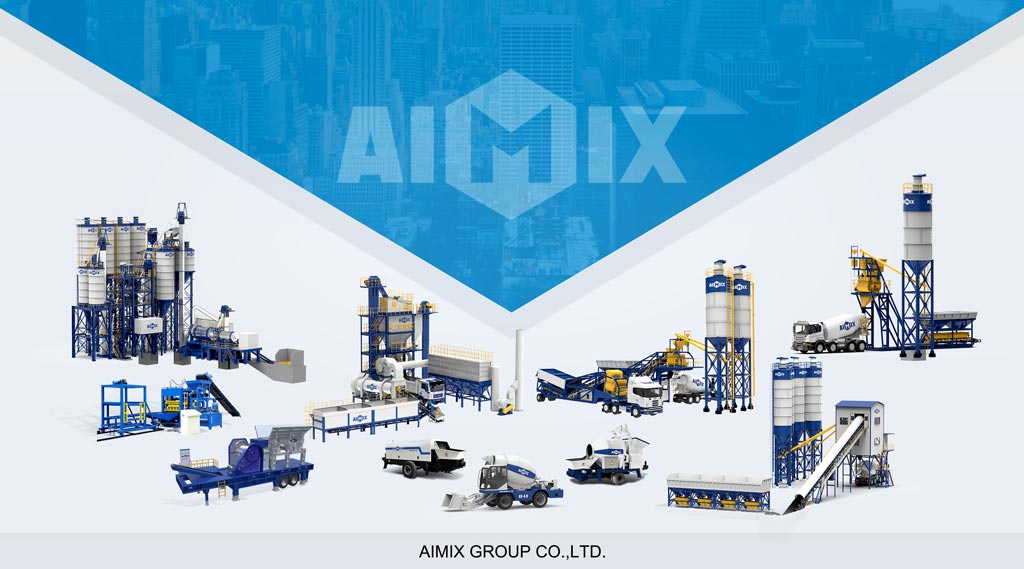Establishing a 100-ton-per-hour sand making production line is a significant industrial undertaking that demands meticulous planning and precise execution. This is not a simple aggregation of machinery but the creation of a synchronized system designed to transform raw feedstock into high-value, specification-grade sand. The process requires a methodical, step-by-step approach where each decision, from the initial site survey to the final calibration of the rock crusher machine for sale, has a direct and lasting impact on the line’s productivity, product quality, and operational longevity. A failure in planning at any stage can lead to cascading inefficiencies, substandard output, and substantial financial losses, making a disciplined and informed methodology non-negotiable.

Foundational Planning: Site Assessment and Equipment Selection
The success of the entire operation is determined long before the first machine is unloaded. The initial phase involves a comprehensive analysis of the raw material. The geological properties of the feedstock—its hardness, abrasiveness, silica content, and initial particle size—dictate the selection of every subsequent piece of equipment. Simultaneously, the specifications for the final sand product must be clearly defined, including grain size distribution, particle shape, and cleanliness. With these parameters established, the core crushing circuit can be designed. A robust primary jaw crusher is typically employed for initial size reduction, breaking down large quarried rock into manageable fragments. This is often followed by a secondary cone crusher, which further refines the material and begins to shape the particles. The heart of the sand-making process is the tertiary stage, frequently utilizing a vertical shaft impact (VSI) crusher - sand making machine. This crusher uses a high-velocity rock-on-rock or rock-on-anvil attrition process to produce the cubical, well-graded particles essential for high-quality construction sand. This core circuit is then integrated with a network of vibrating screens for precise particle sizing, conveyor systems for material transfer, and a comprehensive dust suppression system to maintain environmental compliance and workplace safety.
The Assembly and Integration Phase
With a finalized design, the physical assembly of the production line commences. This begins with extensive site preparation, including grading and the pouring of reinforced concrete foundations capable of supporting the immense static and dynamic loads of the operating machinery. The erection of the line follows a logical sequence, typically starting with the primary crusher and its associated feed hopper, then progressing through the secondary and tertiary stages. Each crusher, screen, and conveyor is carefully positioned and aligned according to engineering plans. This phase requires precision; even minor misalignments in conveyors or discharge chutes can lead to accelerated wear, material spillage, and chronic blockages. Following mechanical assembly, the electrical integration takes place. Power cables are run to each motor, and the central control system is installed. This system, often a programmable logic controller (PLC), is the nerve center of the operation, allowing for automated start-up sequences, continuous monitoring of amp draws and pressures, and immediate shutdown in the event of a fault.

Commissioning and Operational Protocols
The final and most critical phase is commissioning, where the integrated system is activated and fine-tuned. The initial startup is conducted systematically, beginning with an empty run of conveyors and screens to check for proper rotation and alignment, followed by the sequential activation of each crusher. The line is then gradually fed with material, starting with a low volume that is slowly increased to the designed 100 TPH capacity. During this period, every component is closely monitored for vibrations, unusual noises, or overheating bearings. The quarry crushers themselves require careful calibration; settings for the closed-side setting (CSS) on jaw and cone crushers and the rotor speed and feed rate on the VSI are adjusted to optimize the final product’s gradation and shape. Once stable operation is achieved, a rigorous and non-negotiable protocol for quality control and maintenance must be established. This includes hourly sampling and sieve analysis of the final sand product, scheduled lubrication, and regular inspection of wear parts like liners, concaves, and rotor tips. This disciplined approach to operation and upkeep is the sole guarantor of achieving the production line’s designed output, ensuring consistent product quality, and protecting the substantial capital investment for years to come.


Comments
No comments yet. Be the first to react!